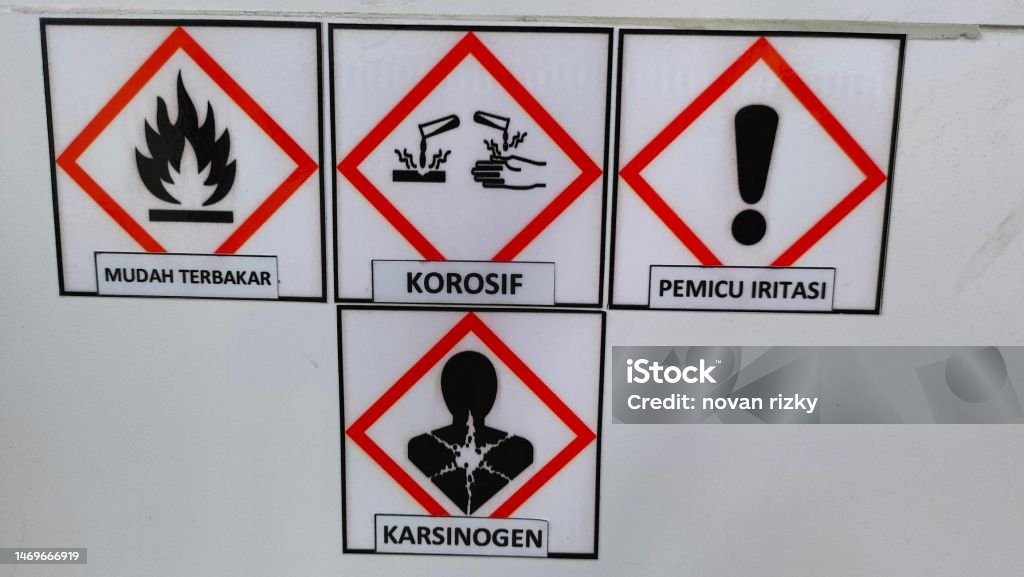For close to six decades, aqueous film-forming foam (AFFF) has been the go-to solution for dousing industrial fires. As concerns grow about the presence of per and polyfluoroalkyl substances (PFAS) in AFFF and their persistence in the environment, the need to explore safer alternatives has intensified.
In this blog post, we will shed light on the latest PFAS-free alternatives that focus on environmental and human health, along with efficiency.
Issues With PFAS in AFFF Firefighting Foam
The dangers of PFAS-containing firefighting foam became widely known only when legal action was taken against the manufacturers responsible. The AFFF lawsuit played a crucial role in revealing military bases as the epicenter of the issue. Firefighters working on ground zero were clueless about their daily encounters with the life-threatening PFAS chemicals.
Decades of research reveal disturbing health consequences tied to PFAS, synthetic chemicals found in countless modern products, before raising awareness about its contamination risks.
CDC blood sampling found PFAS present in around 97% of Americans. As exposure proves inevitable, we continue substantiating links between elevated levels and medical harm.
An 8-year study neighboring a DuPont PFAS production site spotlighted a probable connection between its exposure and six health conditions: high cholesterol, ulcerative colitis, thyroid disorders, testicular and kidney cancers, and hypertension during pregnancy.
According to TorHoerman Law, PFAS also increases the risk of prostate cancer in men, along with thyroid impacts like hypothyroidism among women.
Another concerning fact is that PFAS toxins pose prenatal health risks. These pervasive chemicals, when found in breast milk and umbilical cord blood, can be transferred from the mother to the child.
Analyses indicate in utero PFAS exposure may inhibit childhood development through cognitive delays, attention deficits, and hormone disruption. Additional pregnancy risks include an association with lower infant birth weights.
Lawsuits brought against chemical producers argue companies were reckless in pushing the use of AFFF firefighting foams and other PFAS products for decades without warnings of contamination and health fallout.
Fluorine-Free Foams Gain Traction
Fluorine-free firefighting foams deploy synthetic detergents to coat hydrocarbon fuel sources. These foams are composed of water, solvents, and hydrocarbon surfactants and are free of PFAS. Since this class of firefighting foam does not use chemical interference, it prevents oxygen contact with fuels to suppress flames.
Used since the early 2000s, fluorine-free foams demonstrate effectiveness that almost matches PFAS foams across aviation, marine, and other fuel fire responses.
Their strong fire knock-down times and solid burn-back resistance, after initial suppression, have made them a go-to option.
The environmental benefits of using fluorine-free foams also boost their appeal. The foam ingredients focus on synthetic hydrocarbons that avoid bioaccumulation while breaking down into safe byproducts post-use.
This prevents lingering contamination or its spread over time while meeting immediate fire emergencies.
Advances in Silicone-Based Options
Silicone foams utilize synthetic silicone polymers rather than hydrocarbon surfactants for fire suppression through oxygen exclusion and thermal resistance properties.
These specialized foams extinguish aviation fuel blazes as efficiently as their AFFF counterparts. The silicone nanoparticles break down into non-toxic silica in the environment. Even if the residual silicone gets washed away in the rain, it does not pose any risk of groundwater contamination.
Their thermal stability ensures their effectiveness even when stored for a long time. With efficient fire extinguishment, biodegradability, and no bioaccumulation, silicone foams avoid the drawbacks marring PFAS-laden options.
High-Expansion Foams(HEF)
HEF utilizes compressed air or a chemical blowing agent to expand a small amount of water into a large volume of lightweight foam. This foam displaces oxygen around the fire, suppressing the flames and limiting heat transfer.
Deployed using sprinklers, HEF froths expand 30-100 times the solution volume used. As a result, this category of non-PFAS foams uses significantly less water to douse the flames.
The blowing agent, in many cases, is the only active chemical component in HEF. It poses a lower risk of environmental contamination compared to AFFF.
One of the biggest advantages of using HEF foams is that their large volume provides good visibility inside burning structures. This aids firefighter navigation and rescue efforts.
Use of Water-Mists
Water mist systems are one of the most efficient fire-dousing mechanisms. They leverage high-pressure nozzles to break down water into a fine, almost fog-like mist. The mist quickly converts to vapor upon absorbing heat energy from the flames and reduces surrounding oxygen levels to stifle the fire.
A crucial advantage of these systems lies in their superior cooling efficiency. Additionally, water mist systems utilize significantly less water compared to traditional foams, making them invaluable in settings with limited water resources.
Moreover, they exhibit promising effectiveness in enclosed spaces. The fine mist permeates cluttered or confined areas, reaching hidden fire pockets often inaccessible with traditional methods. This capability to effectively suppress fires in enclosed spaces expands the overall value and versatility of water mist systems in firefighting applications.
The Road Ahead…
The growing awareness surrounding the environmental and health concerns associated with AFFF foams demands a swift transition towards more sustainable and less harmful alternatives.
Overcoming the challenges associated with transitioning away from AFFF requires a collective effort. Firefighters deserve to be equipped with tools that prioritize their safety and well-being, while communities deserve protection from the potential environmental burdens posed by outdated technologies.
By encouraging further research and advocating for their wider adoption, we can contribute to a safer future.
Remember, the power to pave the way for a more responsible approach to fire suppression lies within our hands. It is time that we commit to learning more about these emerging technologies and engaging in an open and constructive dialogue about protecting our heroes.

